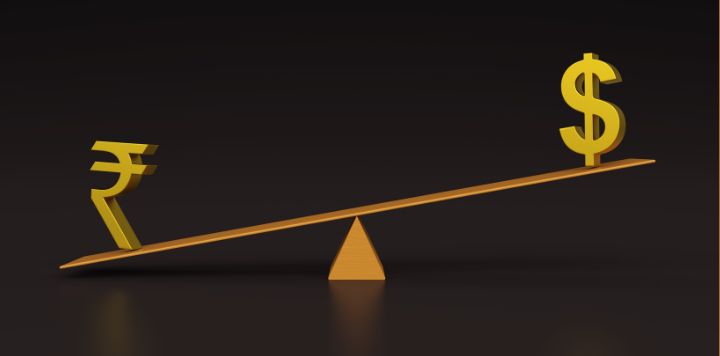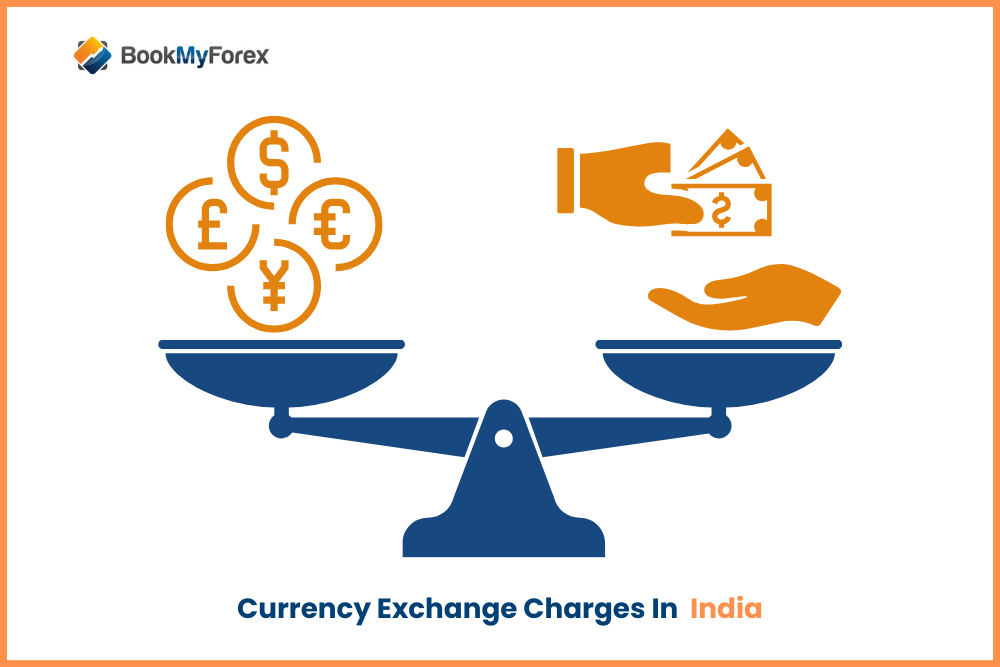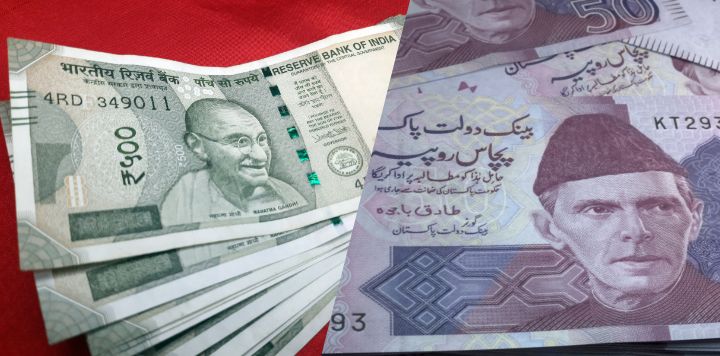Summary: Discover how the Indian Rupee appreciates or depreciates and the key factors influencing its value. Learn about trade surplus, inflation, forex demand, RBI policies, and global market trends impacting currency fluctuations.
India is one of the largest democracies in the world and has a constantly evolving economy. The Indian Rupee (INR) strengthens and weakens due to various international and domestic reasons that directly influence business, trade, and the day-to-day lives of millions of people. But many people are confused about how and why the Rupee strengthens or depreciates, and on what basis it does so.
Let’s understand what currency appreciation and depreciation are, what determines the value of the Rupee, and how it impacts industries, imports, exports, and financial markets.
What Does Rupee Appreciation or Depreciation Mean?
The value of a currency is linked to a country’s economic performance, trade balance, and policies. When the Rupee appreciates, it means its value has increased compared to another currency, such as the US Dollar (USD). Conversely, when the Rupee depreciates, its value falls, making foreign currencies more expensive.
For example:
- If USD 1 = INR 86 today, and tomorrow USD 1 = INR 85, the Rupee has appreciated (strengthened).
- If USD 1 = INR 86 today, and tomorrow USD 1 = INR 87, the Rupee has depreciated (weakened).
Key Factors That Influence Rupee Appreciation or Depreciation
Several economic and financial factors drive the appreciation or depreciation of the Indian Rupee:
1. Inflation Rate
- Lower inflation in India compared to other countries strengthens the Rupee.
- Higher inflation reduces purchasing power, leading to depreciation.
2. Trade Balance (Imports & Exports)
- A trade surplus (exports > imports) increases foreign currency inflows, leading to Rupee appreciation.
- A trade deficit (imports > exports) weakens the Rupee as more foreign currency is needed to pay for imports.
3. Foreign Exchange Reserves
- Higher forex reserves indicate a strong economy and help stabilize the Rupee.
- Low reserves make the economy vulnerable to external shocks, leading to depreciation.
4. Foreign Direct Investment (FDI) & Foreign Portfolio Investment (FPI)
- Increased foreign investment strengthens the Rupee by boosting demand.
- Capital outflows (investors pulling money out of India) lead to Rupee depreciation.
5. Interest Rates & Monetary Policy
- Higher interest rates attract foreign investments, leading to Rupee appreciation.
- The Reserve Bank of India (RBI) controls interest rates and liquidity, directly influencing currency value.
6. Global Crude Oil Prices
- India imports a significant amount of crude oil. Rising oil prices increase demand for foreign exchange, causing the Rupee to weaken.
- Falling oil prices ease this pressure, helping the Rupee appreciate.
7. Stock Market Performance
- A strong stock market attracts foreign investment, boosting Rupee demand.
- A declining market can lead to capital outflows, weakening the Rupee.
8. Geopolitical Events & Global Economic Trends
- Political instability, wars, trade conflicts, and economic slowdowns impact currency exchange rates.
- A stable government and strong economic policies can enhance investor confidence and support Rupee appreciation.
Role of the Reserve Bank of India (RBI) in Controlling Rupee Value
The Reserve Bank of India (RBI) plays a crucial role in managing the Rupee’s value. Some key ways it does this include:
- Intervening in the Forex Market: The RBI buys or sells foreign currency to stabilize the Rupee.
- Adjusting Interest Rates: Higher rates attract investments, while lower rates boost domestic growth.
- Managing Money Supply: RBI uses tools like the cash reserve ratio (CRR) and statutory liquidity ratio (SLR) to regulate money flow.
How Rupee Appreciation or Depreciation Impacts the Economy
The fluctuation in the Rupee’s value has far-reaching effects on the economy:
Impact of Rupee Appreciation:
1. Imports become cheaper (good for businesses relying on foreign goods).
2. Travel abroad becomes more affordable for Indian tourists.
3. Foreign debt repayment becomes easier.
4. Exports become more expensive, reducing demand for Indian products abroad.
5. The IT and outsourcing sector may see reduced earnings in foreign currency.
Impact of Rupee Depreciation:
1. Exports become cheaper, benefiting Indian exporters.
2. Foreign investment in India increases as assets become cheaper for investors.
3. Imports become more expensive, increasing costs for businesses and consumers.
4. Inflation may rise as essential imports (like crude oil) become costlier.
Additional Factors That Can Affect the Rupee’s Value
1. Remittances from NRIs: India is one of the largest recipients of foreign remittances. A strong flow of remittances increases foreign exchange reserves, supporting Rupee appreciation.
2. Growth in the Travel & Tourism Industry: More foreign tourists visiting India increase the inflow of foreign currency, strengthening the Rupee.
3. Rising Digital Transactions & Forex Demand: With increasing globalization and digital transactions, currency demand fluctuates, influencing the Rupee valuation.
Conclusion
The Indian Rupee’s appreciation or depreciation is driven by multiple domestic and global factors. The RBI plays a crucial role in regulating its value through monetary policies. While appreciation benefits importers and travelers, depreciation supports exporters and foreign investments.



























